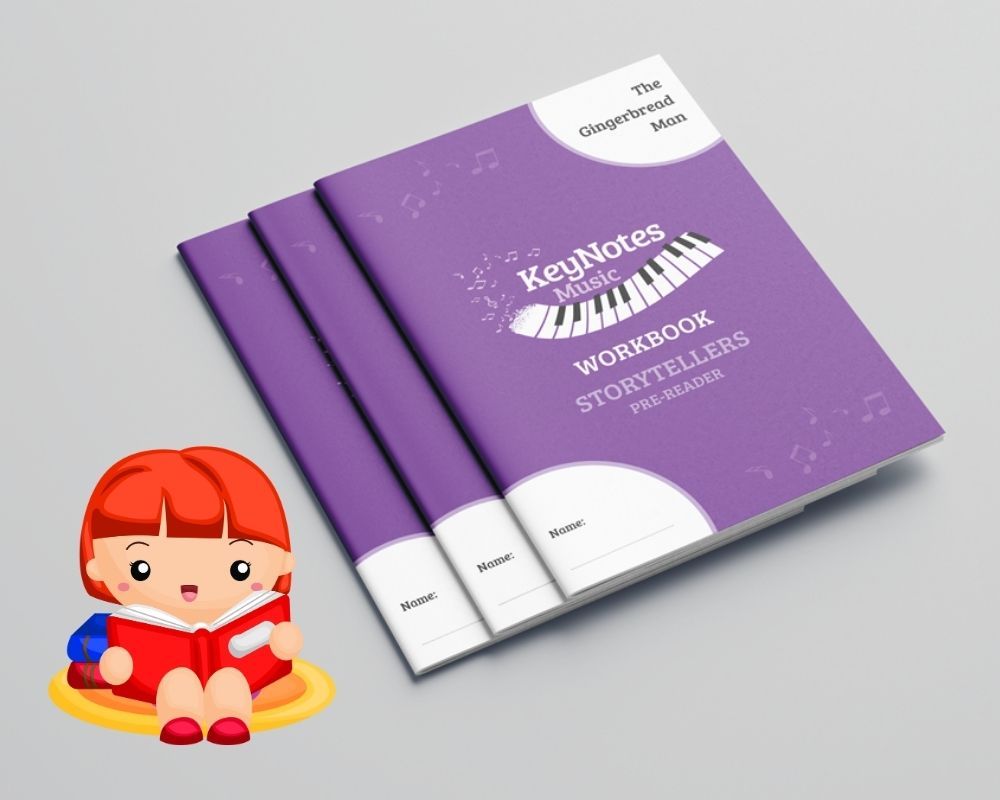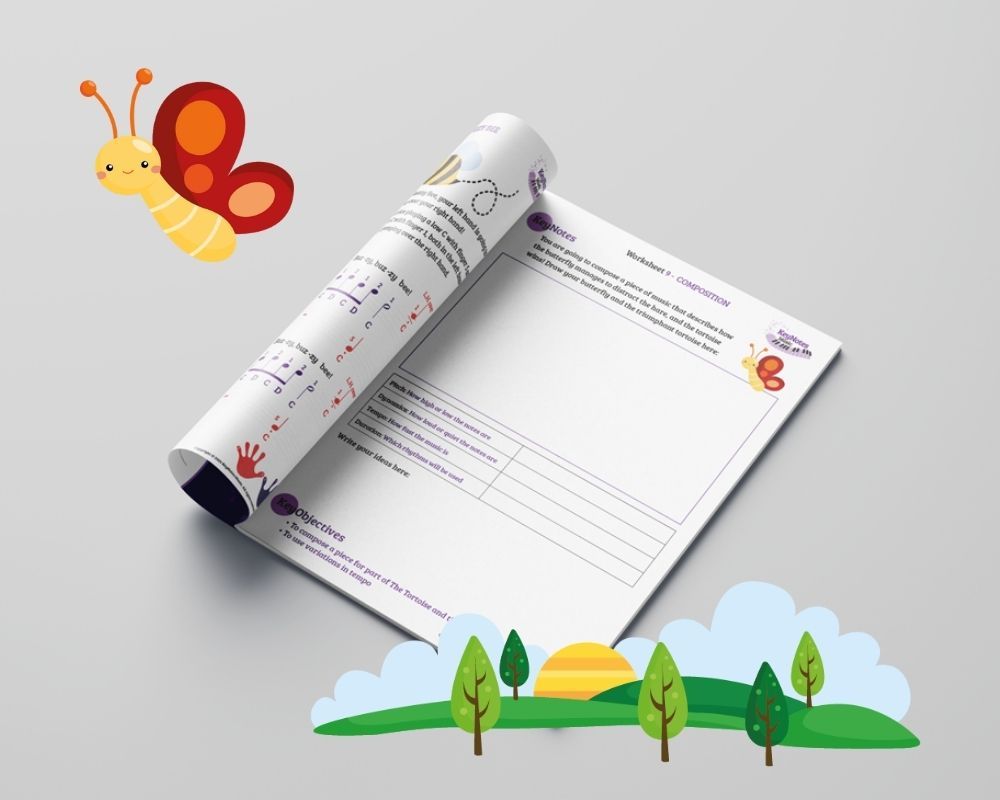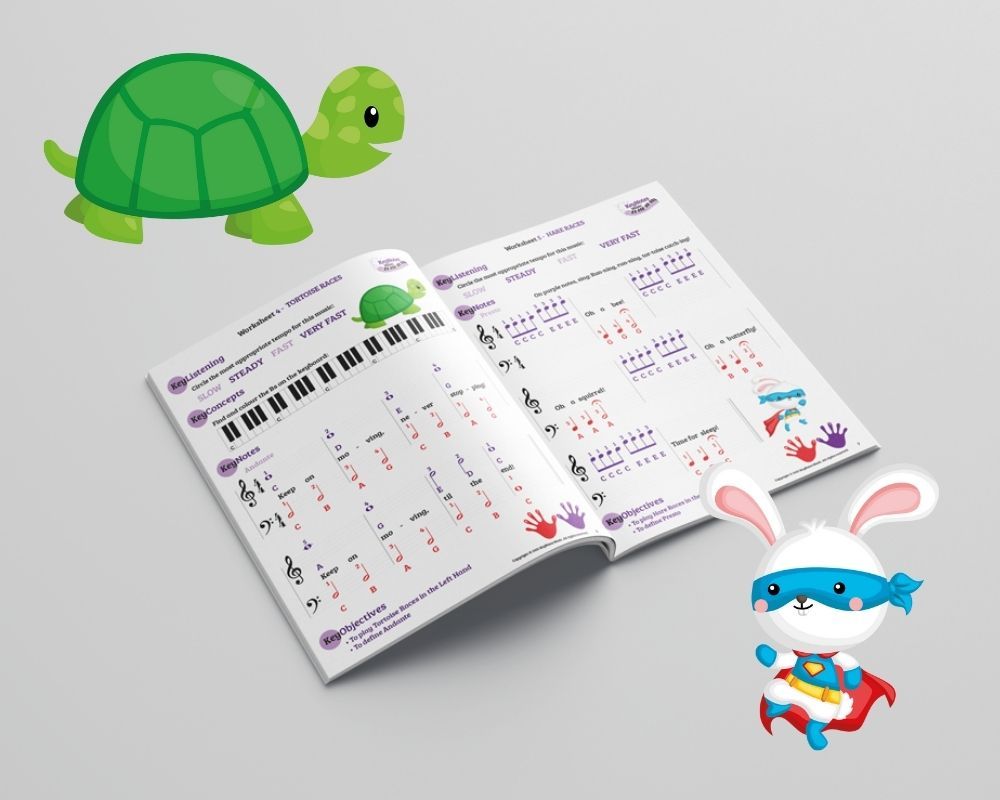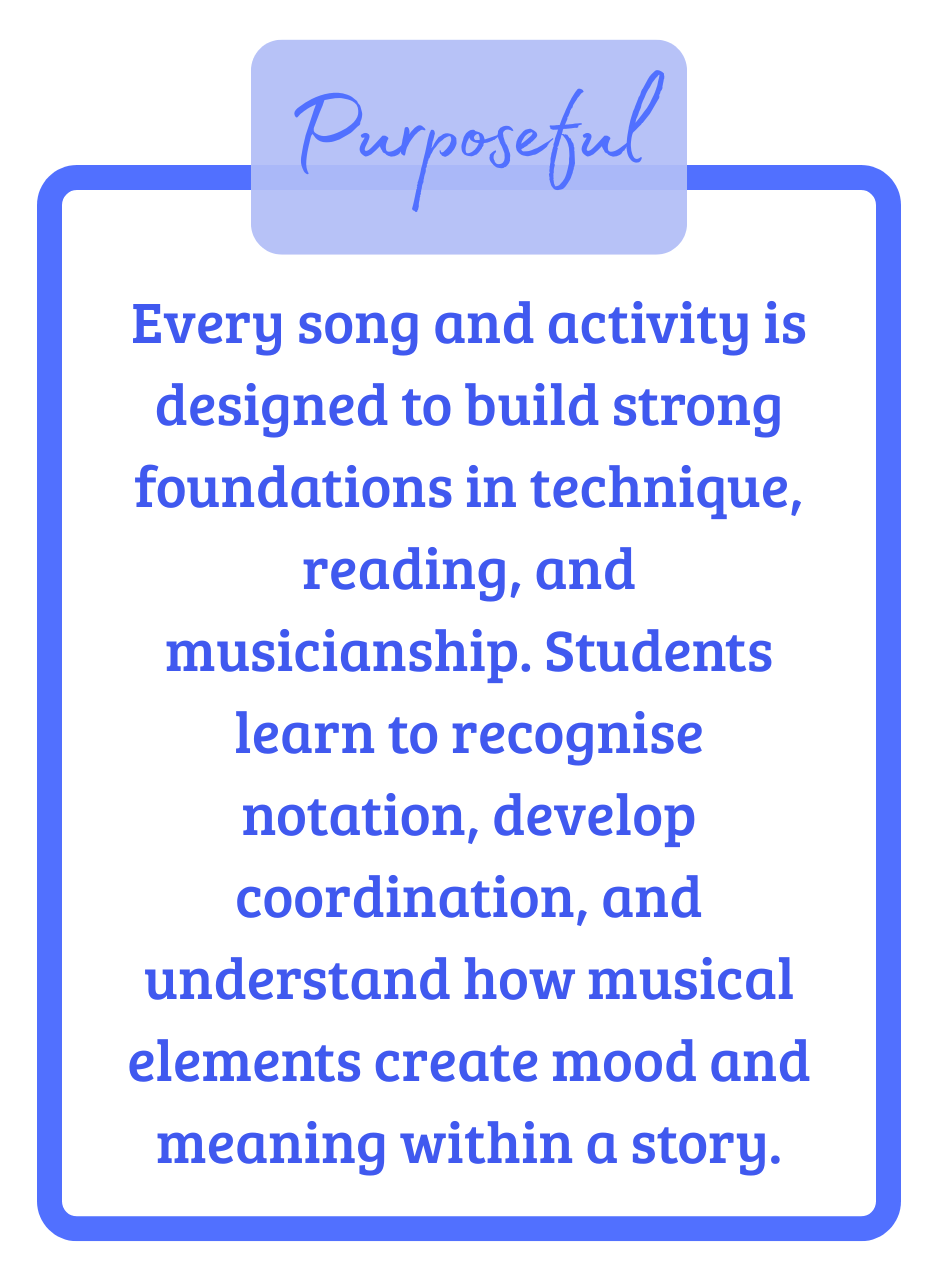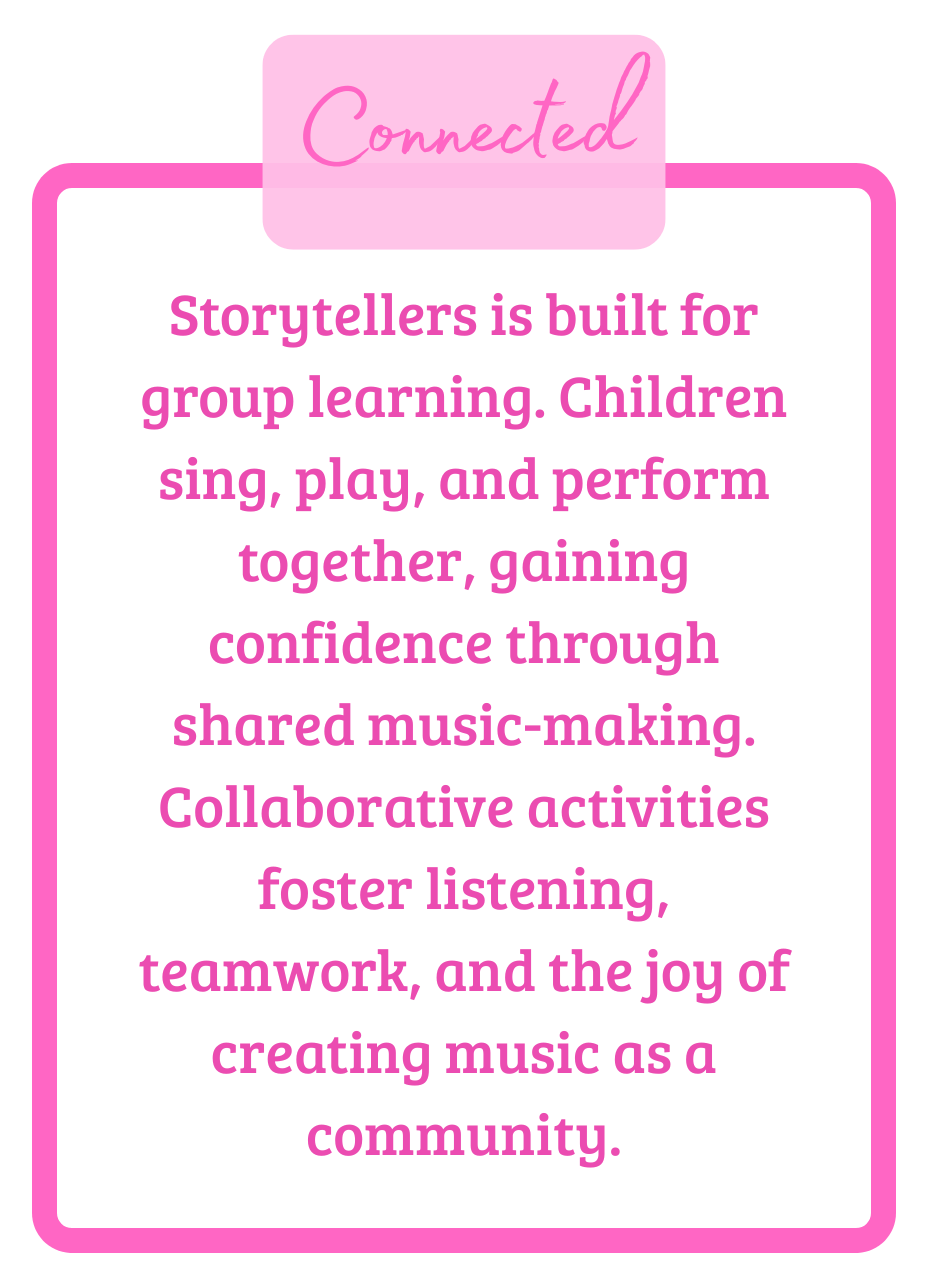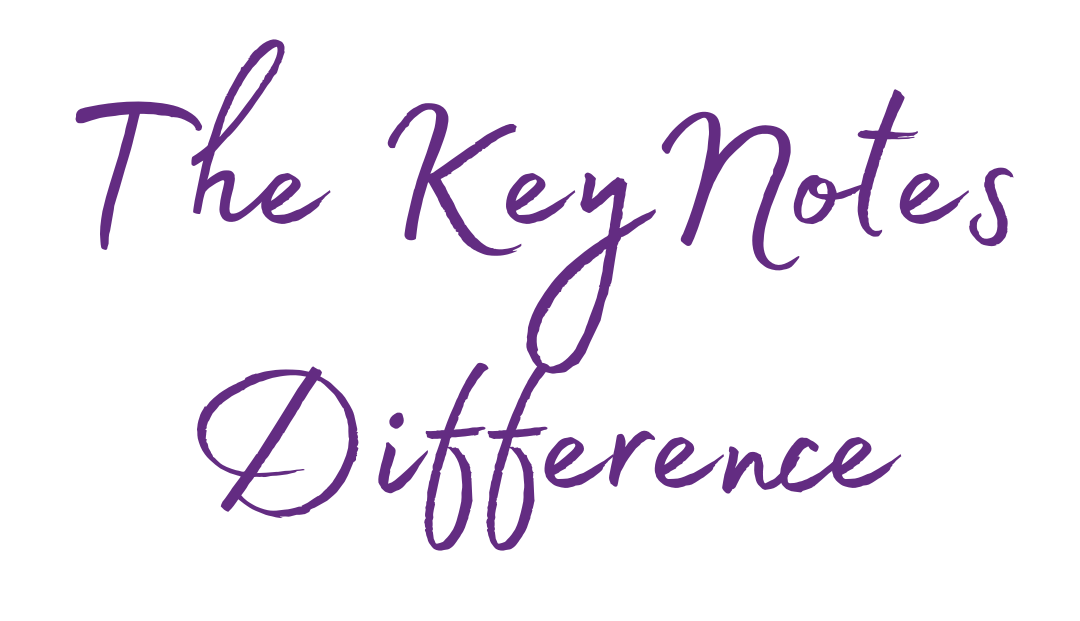Storytellers captures the imagination of early learners, using familiar stories to bring music to life.
Each unit unfolds through a narrative, with songs that illustrate the characters, settings, and emotions of the story.
Through this immersive, child-centred approach, students connect deeply with music while developing essential reading, playing, and listening skills.

KeyNotes Storytellers lessons are imaginative, musical, and full of discovery.
Children learn through stories that connect sound and emotion, helping them explore how music communicates character and feeling.
Each lesson blends playing, listening, and creating, giving every child a voice in the musical storytelling process.
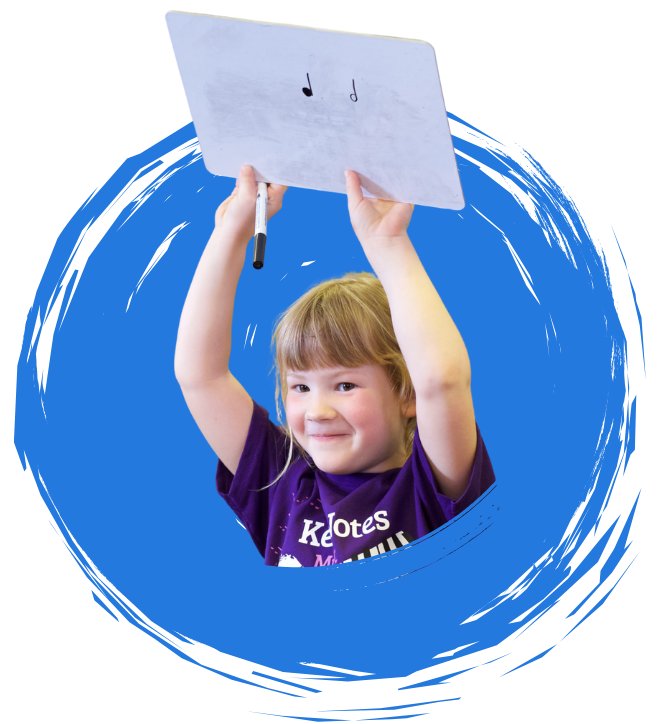
Understanding
-
Recognising and describing tempo, dynamics, and structure
-
Reading and writing rhythmic and melodic notation (pre-reader or reader versions)
-
Exploring pitch movement and intervals (2nds, 3rds, 5ths, octaves)
-
Understanding how music reflects story, emotion, and character

Skills
-
Developing coordination and bubble-hand technique
-
Playing melodies in 5-finger position and moving hand positions
-
Performing in C major and A minor using chords I and Vb
-
Listening and responding in solo and ensemble contexts
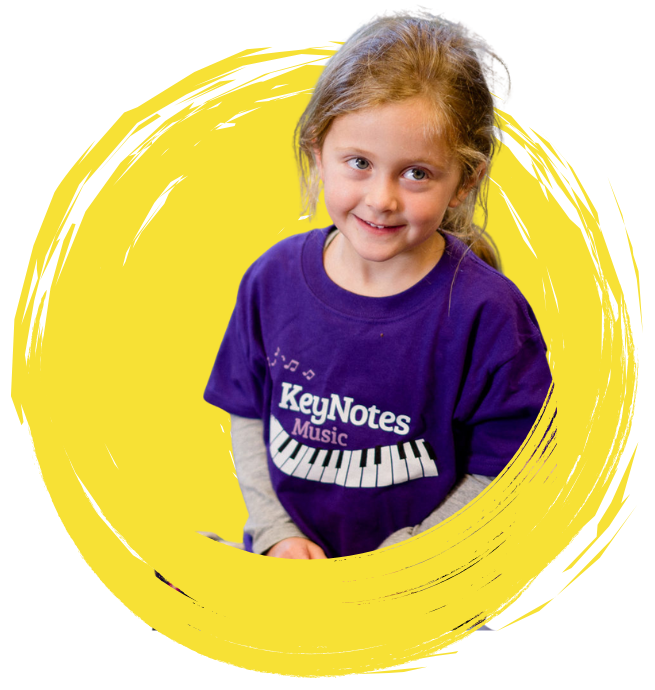
Mindset
-
Building confidence through storytelling and performance
-
Working collaboratively and celebrating others’ success
-
Approaching new challenges with curiosity and perseverance
-
Taking pride in creativity, imagination, and progress
Storytellers combines musical rigour with imaginative play.
Each workbook introduces key musical concepts through storytelling, ensuring that learning feels relevant and inspiring.
Differentiated reader and pre-reader versions support every learner, while the group setting nurtures collaboration and musical confidence.
This integration of narrative, skill development, and creativity makes Storytellers a joyful and lasting foundation for musical growth.
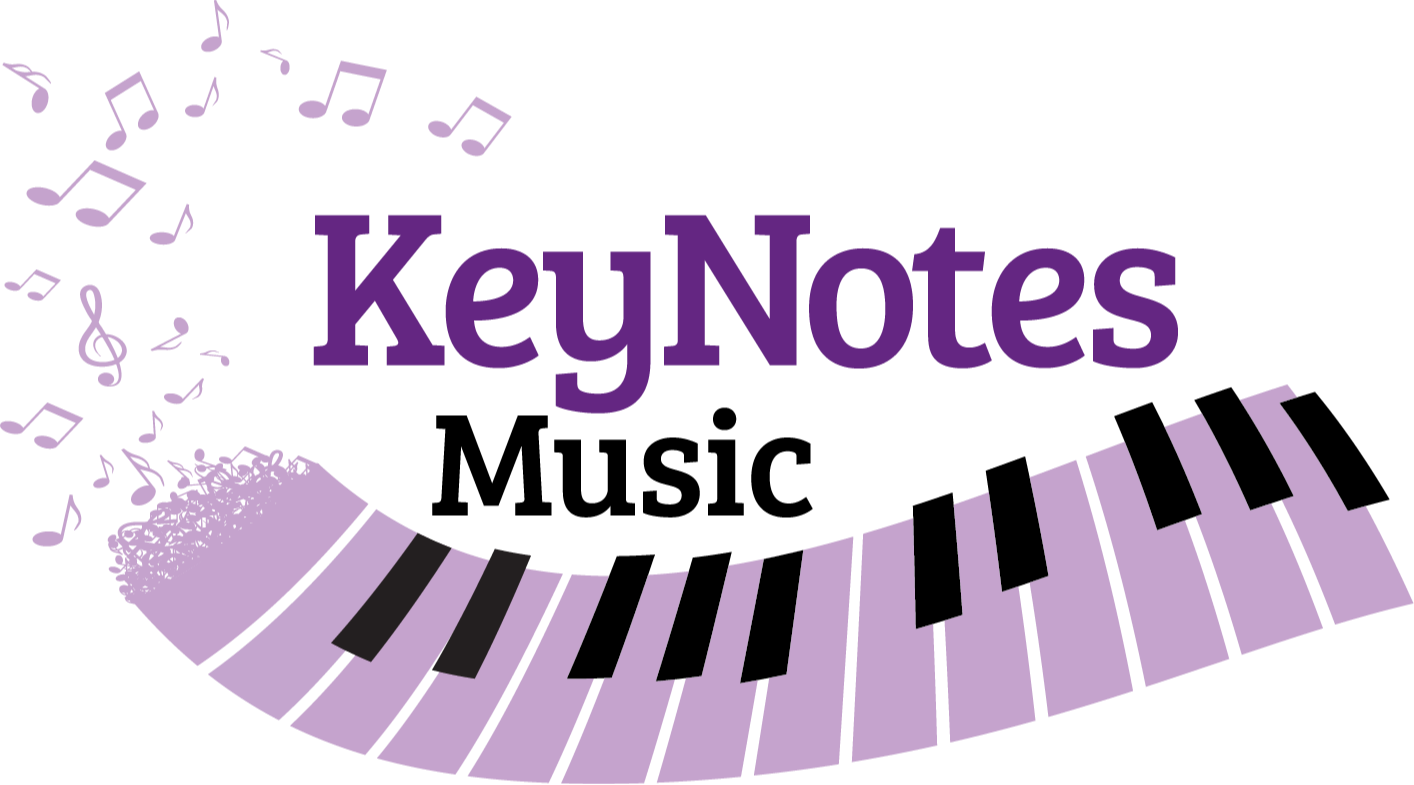
Singing for Success
Singing is a huge part of the learning process, enabling children, not only to make links with non-musical contexts, but also to internalise melodies and achieve rhythmic accuracy. Songs are far easier to remember when learning to play a piece, and they can help with the learning process; so we sing the lyrics, the finger numbers and the letter names.
Technique from the very start
Our pieces build finger strength, 5-finger positions and a bubble hand posture. We have games and exercises that develop knowledge of the different sounds that can be achieved through the way that we play the piano, and these relate to the stories we are telling.
Supporting parents to support their child
We are so passionate about the importance of parents' role in their child's piano-learning journey; it is key to the child's confidence, self-efficacy, and perseverance. As such, we provide an area of our site where parents can watch practice videos for each lesson. This is in addition to the parent practice sheets that teachers are able to hand out each week.

Accompaniments
Accompaniments help to bring the programmatic elements of the pieces to life, as well as making sure that everyone stays in time!
Our accompaniments are played on the piano as we want to highlight the many different and wonderful effects achieved on just one instrument!
Here is an example taken from our Jack and the Beanstalk workbook.
Our Workbooks
Storytellers has five workbooks, each lasting approximately 12 weeks. Each workbook is based on a story, and all learning, playing and gaming are based around them.
